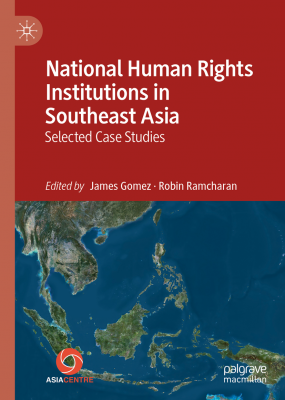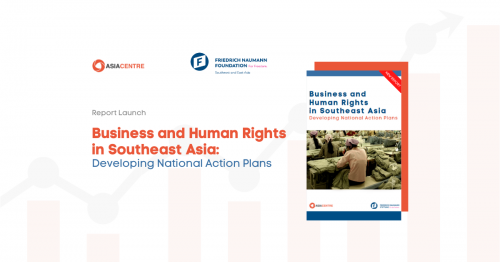
Abstract
This book reviews Southeast Asia’s National Human Rights Institutions (NHRIs) as part of an emerging assessment of a nascent regional human rights architecture that is facing significant challenges in protecting human rights. The book asks, can NHRIs overcome its weaknesses and provide protection, including remedies, to victims of human rights abuses? Assessing NHRIs’ capacity to do so is vital as the future of human rights protection lies at the national level, and other parts of the architecture—the ASEAN Intergovernmental Commission on Human Rights (AICHR), and the international mechanism of the Universal Periodic Review (UPR)—though helpful, also have their limitations. The critical question the book addresses is whether NHRIs individually or collaboratively provide protection of fundamental human rights. The body of work offered in this book showcases the progress of the NHRIs in Southeast Asia where they also act as a barometer for the fluid political climate of their respective countries. Specifically, the book examines the NHRIs’ capacity to provide protection, notably through the pursuit of quasi-judicial functions, and concludes that this function has either been eroded due to political developments post-establishment or has not been included in the first place. The book’s findings point to the need for NHRIs to increase their effectiveness in the protection of human rights and invites readers and stakeholders to find ways of addressing this gap.
Table of contents
- Introduction: National Human Rights Institutions in Southeast Asia: Challenges to the Protection of Human Rights. Gomez, James (et al.)
- Chapter 1: National Human Rights Institutions: From Idea to Implementation. White, Michael J. V.
- Chapter 2: National Human Rights Institutions in Southeast Asian States: The Necessary Foundation for an Efficient ASEAN Intergovernmental Commission on Human Rights. Martin, Céline
- Chapter 3: National Human Rights Institutions and the United Nations Human Rights Treaty Body System: A Rebuttal to the Skeptics. Zipoli, Domenico
- Chapter 4: Assessing the Effectiveness of the Myanmar National Human Rights Commission in the Wider Regional Geo-Political Context. Lang, Niki Esse
- Chapter 5: From Transition to Government Accountability: Opportunities for the Myanmar National Human Rights Commission. Traglia, Francesca Paola
- Chapter 6: Komnas HAM: Discrepancies Between Its Mandate and the Indonesian Constitutional Framework. Evanty, Nukila
- Chapter 7: Strengthening Komnas HAM and Building Synergies with Other National State Institutions on Human Rights. Samsul, Inosentius
- Chapter 8: The Protection Capacities of NHRIs in the Philippines, Thailand and Timor-Leste. Gomez, James (et al.)
- Chapter 9: Advocating for a National Human Rights Institution in Singapore, Gomez, James (et al.)
- Chapter 10: Mental Health and Human Rights: The Role of Komnas HAM. Clair, Kimberly
- Chapter 11: Bridging Gaps and Hopes: Malaysia’s National Human Rights Commission and Rights Related to SOGIESC. Koh, Henry
- Chapter 12: Komnas HAM and the Land Rights of Indigenous Peoples: National Inquiry as a New Mechanism for the Settlement of Disputes. Yulianti, Isnenningtyas
- Chapter 13: The Protection Capacities of NHRIs. Gomez, James (et al.)



